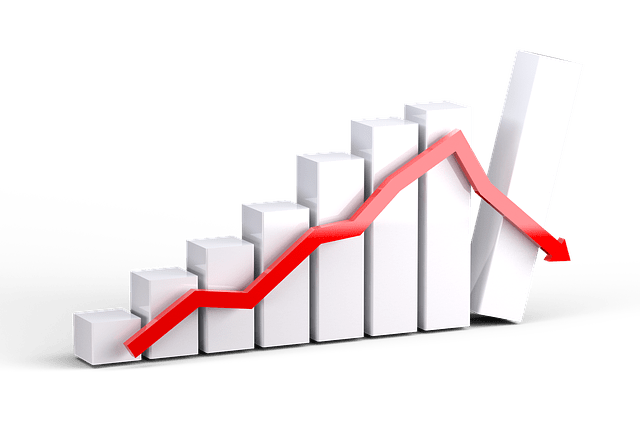The commercial property insurance market has hardened in recent years, resulting in quarterly rate increases since Q3 2017. Unfortunately, these...
The commercial property insurance market has hardened in recent years, resulting in quarterly rate increases since Q3 2017. Unfortunately, these rate increases—as well as additional policy restrictions—are expected to continue in 2022. Yet, this market may showcase some signs of moderation compared to 2021’s trends. It’s predicted that many insureds will experience single- or double-digit rate increases, lowered available capacity, higher sublimits, and various policy restrictions or exclusions—especially regarding losses tied to weather events or the COVID-19 pandemic. Policyholders who conduct high-risk operations with poor loss control practices or are located in areas prone to natural disasters may encounter more severe rate changes, higher retentions and lower coverage limits.
Natural disasters—According to the National Interagency Fire Center, the 2021 wildfire season resulted in over 52,000 wildfires, burning more than 6.6 million acres and destroying thousands of structures across North America. In addition to wildfires, the National Oceanic and Atmospheric Administration (NOAA) reported that the 2021 Atlantic hurricane season produced 21 named storms, representing the third most active hurricane season in history and totaling $70 billion in overall costs. In the United States this year, the NOAA recorded 18 natural disasters with losses exceeding $1 billion. What’s worse, many climate experts predict that both the frequency and severity of natural disasters will continue to worsen in the coming years. These catastrophes often leave behind severe property damage for affected establishments.
Supply chain and inflation issues—The COVID-19 pandemic has contributed to a range of supply chain disruptions within the past few years. Specifically, the availability of numerous building materials—namely, lumber and steel—dwindled throughout 2021 as demand for these items soared. As such, the price of these materials skyrocketed, thus inflating overall property construction costs. In fact, the Insurance Journal reported that property construction expenses increased by 8.1% between 2020 and 2021. Compounding this concern, ongoing worker shortages in the construction industry have led to elevated labor costs and project delays. Consequently, organizations may face unexpected costs, greater claims severity and possible underinsurance issues if a property-related loss requires them to rebuild. Although industry experts predict that surging construction costs will subside during 2022, overall inflation issues are expected to continue—potentially keeping property rebuilding expenses and subsequent claims costs high for years to come.
Develop a documented business continuity plan (BCP) that will help your organization remain operational and minimize damages in the event of an interruption. Test this BCP regularly with various possible scenarios. Make updates when necessary.
A locally-owned and independent insurance agency based in Nashville, TN, Robins Insurance offers customized policies, sound guidance, and attentive service to individuals and businesses across the Southeast, delivering sustainable insurance protection you can rely on and trust.























